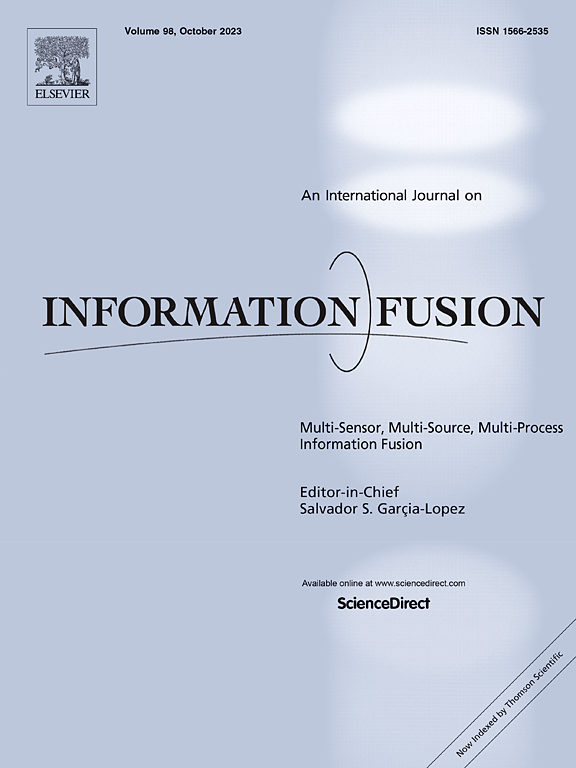记忆关联引导自适应三维注意的无监督异常检测
IF 14.7
1区 计算机科学
Q1 COMPUTER SCIENCE, ARTIFICIAL INTELLIGENCE
引用次数: 0
摘要
近年来,无监督异常检测在各种异常检测任务中取得了重大进展,包括多正态类异常检测和工业缺陷检测。然而,现有的方法往往构建简单的特征空间,难以理清与重建信息交织在一起的大量异常信息。为了保证图像特征空间的正规性,我们提出了一种基于记忆关联模块的生成器来激活深度交互记忆特征空间,从而增强正常特征信息的表示。此外,我们构建了一个特征仿真网络,该网络利用深度特征累进融合块从重建图像中捕获多尺度信息,随后校正由记忆特征空间输出的向量。针对现有方法在识别缺陷图像中的边缘信息和模糊区域方面所面临的挑战,我们提出了一种自适应三维注意力模块,并将其集成到整个异常检测网络架构中,以增强网络对图像中难以检测的缺陷区域的识别能力。本文章由计算机程序翻译,如有差异,请以英文原文为准。
Memory association guided unsupervised anomaly detection with adaptive 3D attention
Unsupervised anomaly detection has recently made significant progress in various anomaly detection tasks, including multi-normal class anomaly detection and industrial defect detection. However, existing methods often construct simple feature spaces that struggle to disentangle the abundant anomalous information interwoven with the reconstruction information. To ensure the normalcy of the image feature space, we propose a Memory Association Module-based generator to activate deep interactive memory feature spaces, thereby enhancing the representation of normal feature information. Furthermore, we construct a feature simulation network that utilizes deep feature progressive fusion blocks to capture multi-scale information from the reconstructed image and subsequently corrects the vectors outputted by the memory feature space. Considering the challenges faced by existing methods in identifying edge information and blurry regions within defective images, we propose an adaptive 3D attention module and integrate it into the overall anomaly detection network architecture to enhance the network’s ability to identify hard-to-detect defective areas in images.
求助全文
通过发布文献求助,成功后即可免费获取论文全文。
去求助
来源期刊

Information Fusion
工程技术-计算机:理论方法
CiteScore
33.20
自引率
4.30%
发文量
161
审稿时长
7.9 months
期刊介绍:
Information Fusion serves as a central platform for showcasing advancements in multi-sensor, multi-source, multi-process information fusion, fostering collaboration among diverse disciplines driving its progress. It is the leading outlet for sharing research and development in this field, focusing on architectures, algorithms, and applications. Papers dealing with fundamental theoretical analyses as well as those demonstrating their application to real-world problems will be welcome.
 求助内容:
求助内容: 应助结果提醒方式:
应助结果提醒方式:


